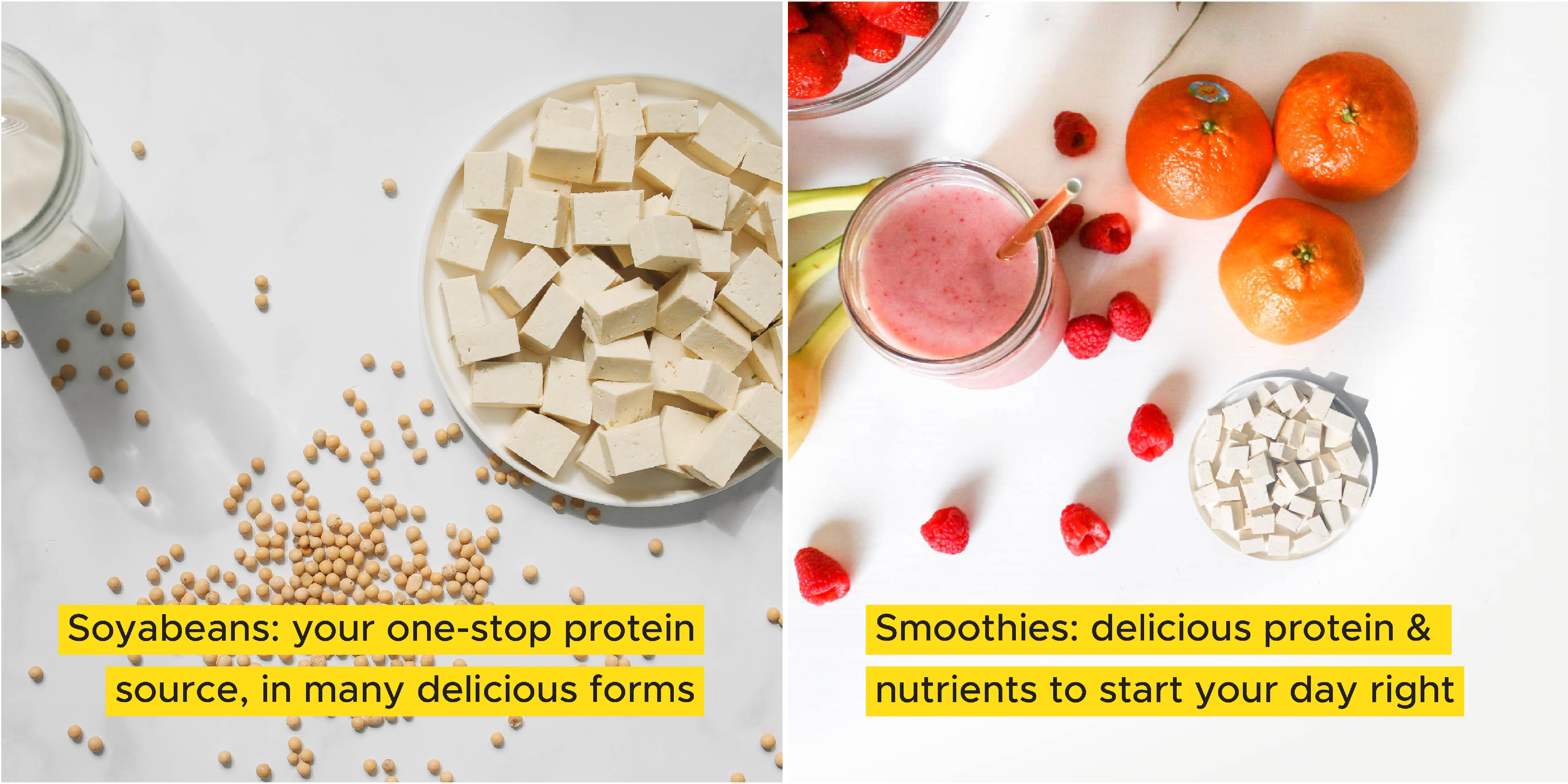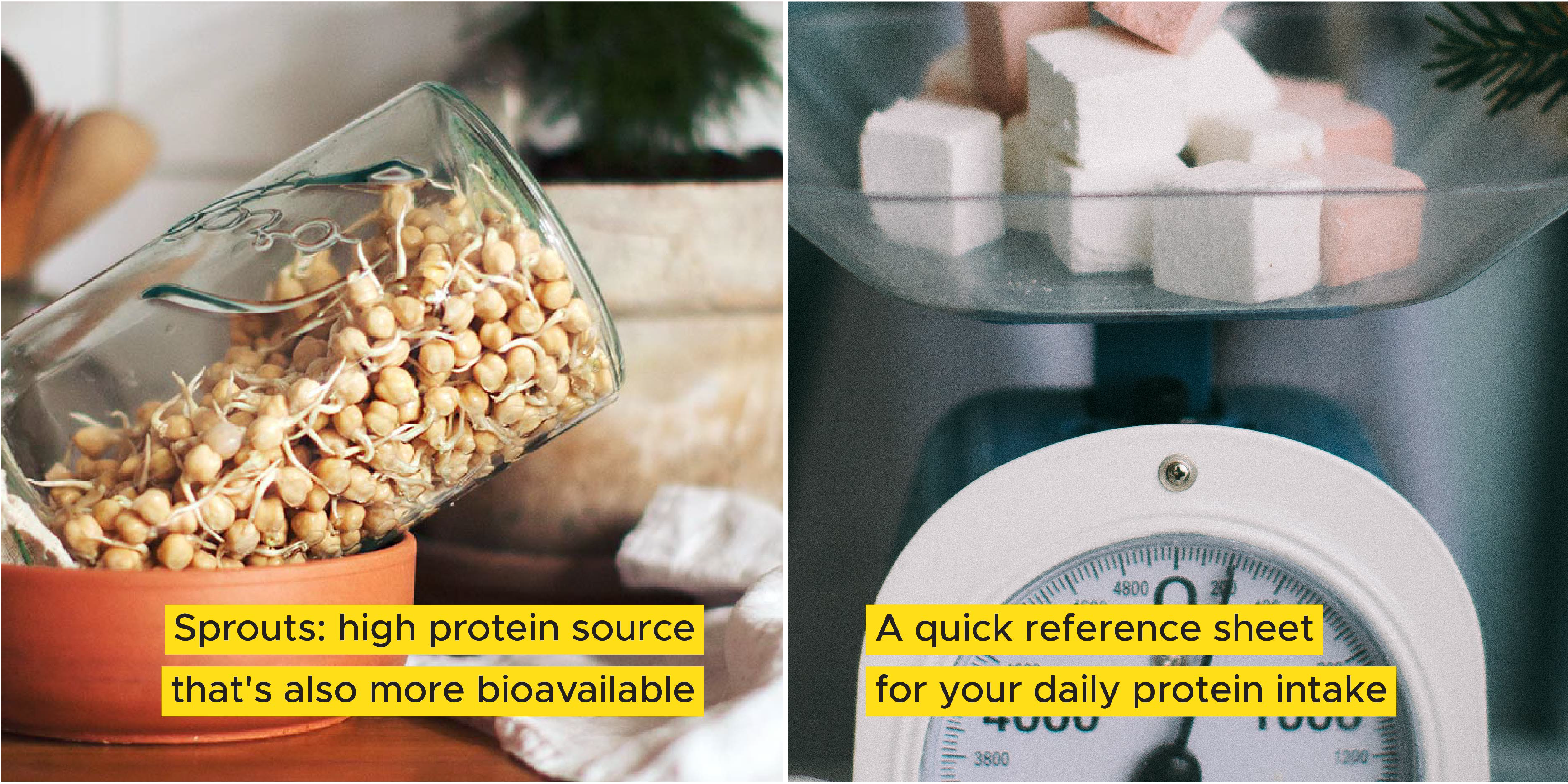Protein back-to-basics
Published: 26-Nov-2020 Category: Food Bulletin Newsletter

By Ashok Vasudevan
Protein Back-To-Basics
Proteins have become synonymous in our consciousness with meat, strength and muscle. When we say the word “Protein” in America, we don’t mean a chemical, macronutrient let alone an amino acid. We instantly mean meat. Consumption in some societies is way in excess of what our body needs and we may now run the risk of protein toxicity. The 2018 documentary Gamechangers valiantly tried to blow this myth and even showed veganism not just a contributor to wellness but also to incredible human endurance, strength and vitality.
Yes, protein is a critical macronutrient our body needs along with carbohydrates, fats and fiber and we only get them from the foods we eat.
So how much protein do we need?
1. Take our body weight in kilograms and multiply by 0.8. That’s the number of grams of protein we need daily. As a thumb rule that’s about 50 grams of protein per day.
2. Each gram of protein has 4 calories. So, 50 grams of proteins delivers 200 calories. That is 10% of a 2000 calorie daily diet. Calories from protein should make up 10%-20% of daily calories. Ideally, no more, no less.

Soyabeans: your one-stop protein source, in many delicious forms
Soyabeans are, quite simply, the highest source of plant protein. Just half a cup of provides 34g or 68% daily value protein. They also contain unique proteins called ‘peptides’ that improve blood pressure, control sugar and improve immune function. Studies also reveal that soy protein reduces cholesterol, LDL and triglycerides. Enjoy this superfood in many delicious forms – whole steamed beans, fermented tempeh or tofu, soy milk or flour.
Smoothies: delicious protein & nutrients to start your day right
For more protein variety in your smoothies, consider going beyond milk or yogurt and use silken tofu. Its smooth texture & neutral taste combines well with any fruits, veggies and nuts. What’s more, just quarter cup tofu provides around 10% daily value protein. Silken tofu blends best, but place in a blender first and give it one churn before adding other ingredients. Deliciously healthy!

Sprouts: high protein source that's also more bioavailable
When seeds begin to sprout, their enzymes are rapidly converting nutrients into easily available forms for the growing plant. Including protein, the ‘growth nutrient’. So when we eat sprouted beans, we actually get a high load of protein in an easily digestible form, making it more ‘bioavailable’. A ¼ cup sprouted chickpeas contains 9g protein compared with 4g in the same serving of unsprouted cooked chickpeas.
Your cheat sheet on protein portions
For a 60kg adult, the daily recommended intake is about 50g of protein - what does that actually look like? Here’s a quick way to visualise 25g of protein (half daily intake):
- 1 cup of plain or Greek yogurt or cooked lentil
- 1½ cup tofu or cooked black beans
- 2 slices wholemeal bread spread thickly with peanut butter
- 4 cups of soy milk
- 4 heaped tbsp of roasted peanut
Don’t forget that protein is present in most foods like brown rice and broccoli. Here’s an ideafor a day's worth of protein on a plate:
Breakfast: ½ cup yogurt with mixed fruit and 12 pieces of almond (15g protein)
Lunch: 1 cup pasta with pesto sauce with ½ cup chickpeas (15g protein)
Dinner: 2 cup lentil soup with 1 whole wheat roll and a arugula salad (19g protein)

